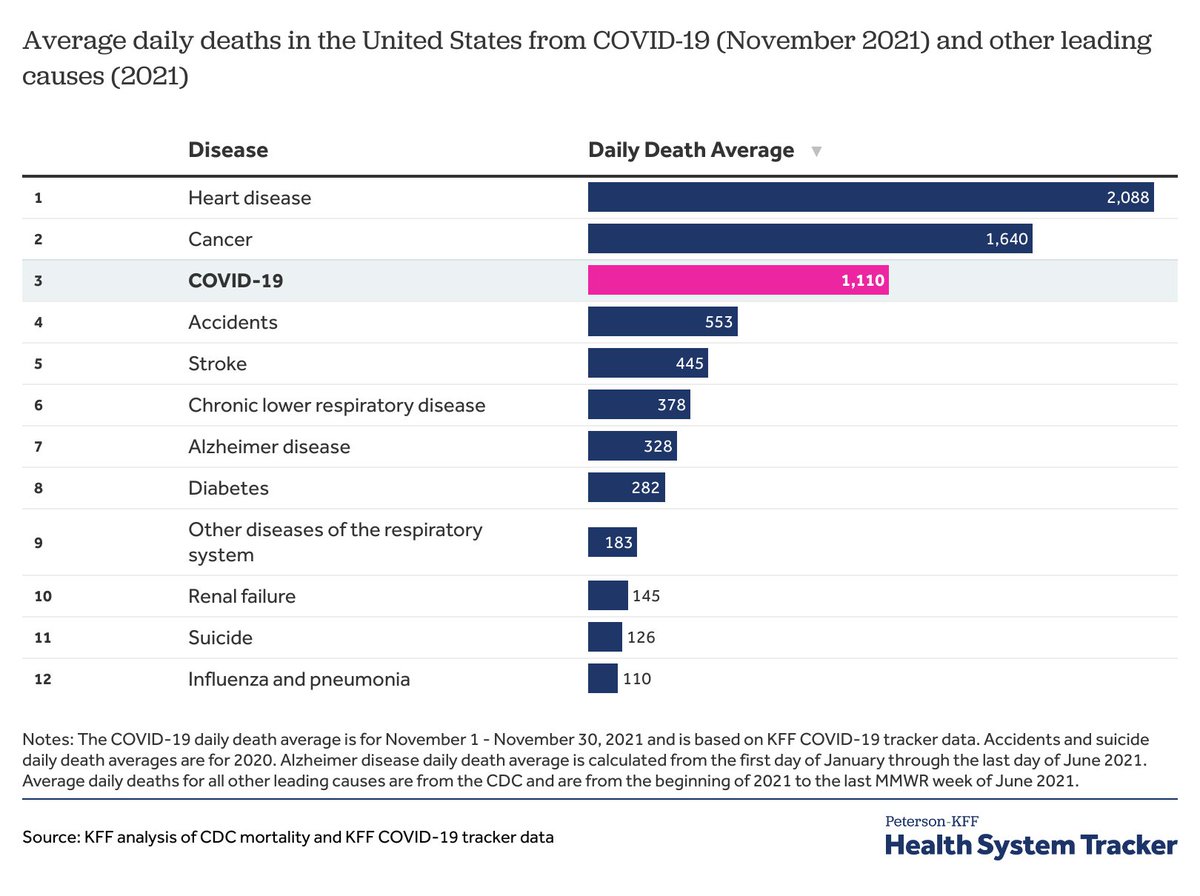
We estimate that 5.1 million people fall into the family glitch.
Most are children, and among adults, women are more likely to fall into the #familyglitch kff.org/health-reform/…
Most are children, and among adults, women are more likely to fall into the #familyglitch kff.org/health-reform/…
2/ People with affordable employer coverage can't get ACA subsidies.
Under current law, "affordable" is defined just based on the employee's premium. So an employee might have "affordable" coverage, even if it'd be unaffordable to their add spouse/kids to the plan (the "glitch").
Under current law, "affordable" is defined just based on the employee's premium. So an employee might have "affordable" coverage, even if it'd be unaffordable to their add spouse/kids to the plan (the "glitch").
3/ The Biden Admin is proposing to change the interpretation of this ACA provision, saying that family members in this circumstance do NOT have access to affordable coverage, and they should be eligible for subsidies on the ACA marketplace.
Proposal here: public-inspection.federalregister.gov/2022-07158.pdf
Proposal here: public-inspection.federalregister.gov/2022-07158.pdf
4/ Under the proposal, the employee in this scenario would still be considered to have an "affordable" offer and would NOT be eligible for ACA subsidies.
But the dependent family members COULD be eligible for ACA subsidies. The dependents would go on a separate plan on exchange
But the dependent family members COULD be eligible for ACA subsidies. The dependents would go on a separate plan on exchange
5/ Because families would have to pay 2 premiums and have 2 deductibles (1 for the employer plan and another for the ACA plan), many families may not actually save money by moving on exchange, even with subsidies. Families may also prefer to keep the same doctors in their network
6/ So, although there are about 5 million people in the family glitch, not all of them will chose to move from employer coverage to the exchange. The Biden Amin says about 1 million people will move on exchange, and another 200,000 uninsured people will newly gain coverage. 

7/ There were 4 main groups left out of the ACA:
1. Family Glitch
2. Subsidy Cliff (with incomes over 4x poverty)
3. Medicaid Gap (living in non-expansion states)
4. Undocumented immigrants
With today's rule and Build Back Better, Biden has proposed to address the first 3 groups
1. Family Glitch
2. Subsidy Cliff (with incomes over 4x poverty)
3. Medicaid Gap (living in non-expansion states)
4. Undocumented immigrants
With today's rule and Build Back Better, Biden has proposed to address the first 3 groups

• • •
Missing some Tweet in this thread? You can try to
force a refresh












